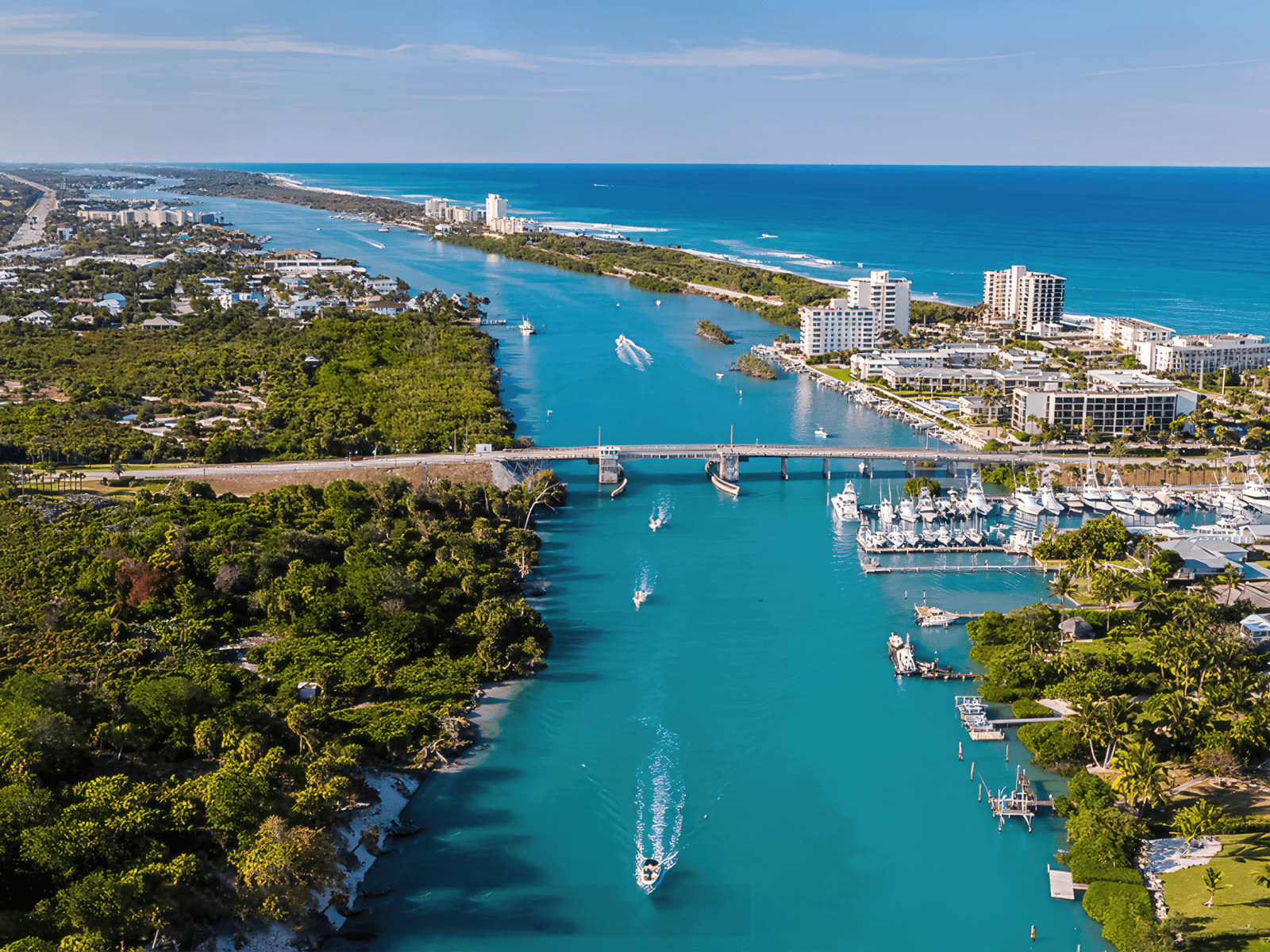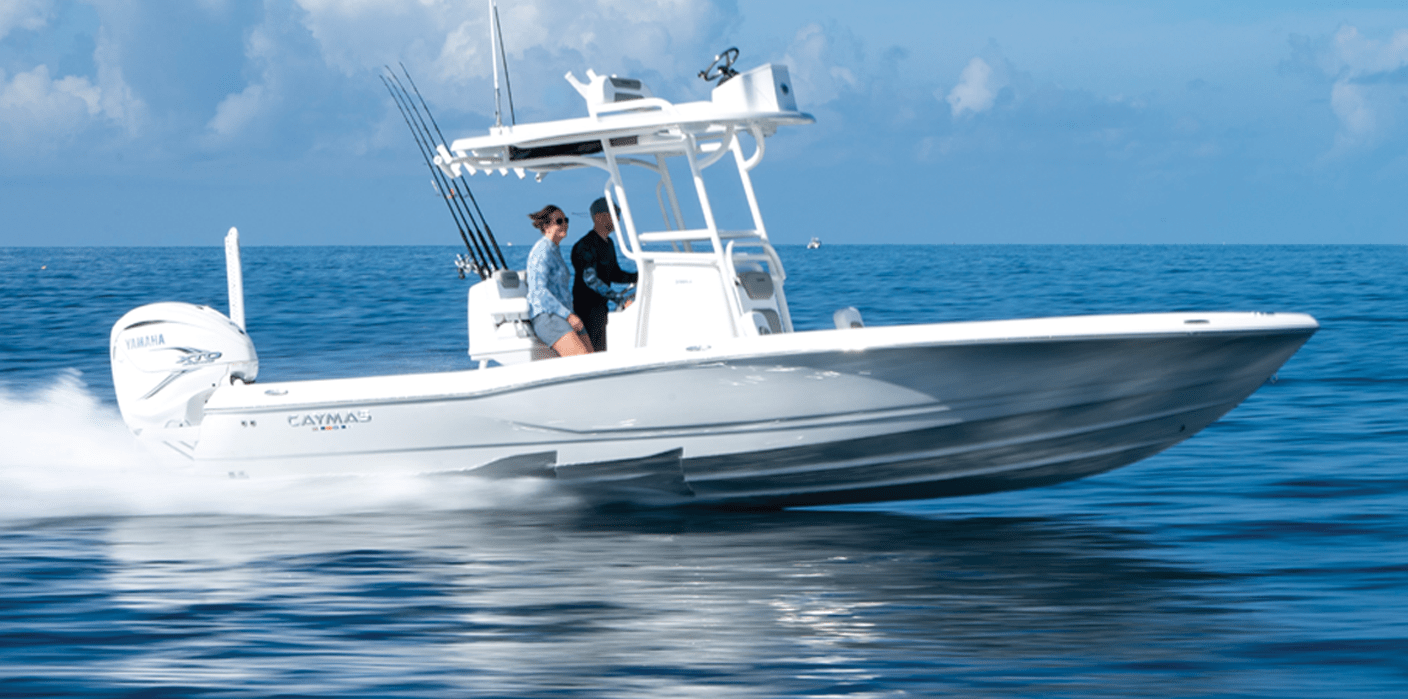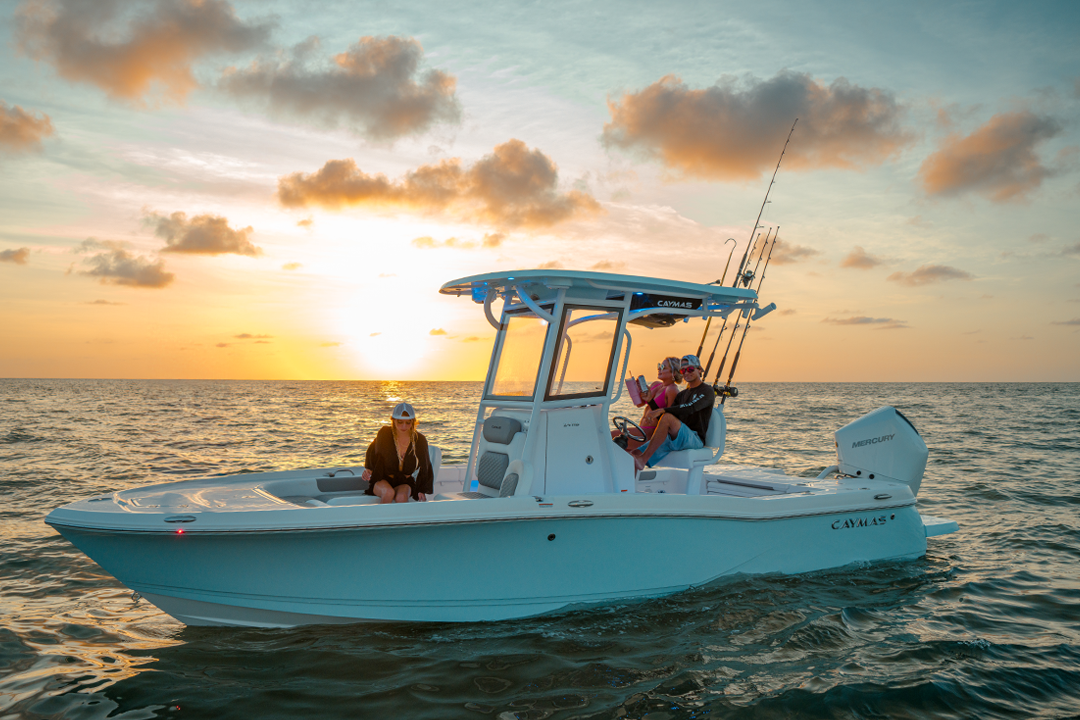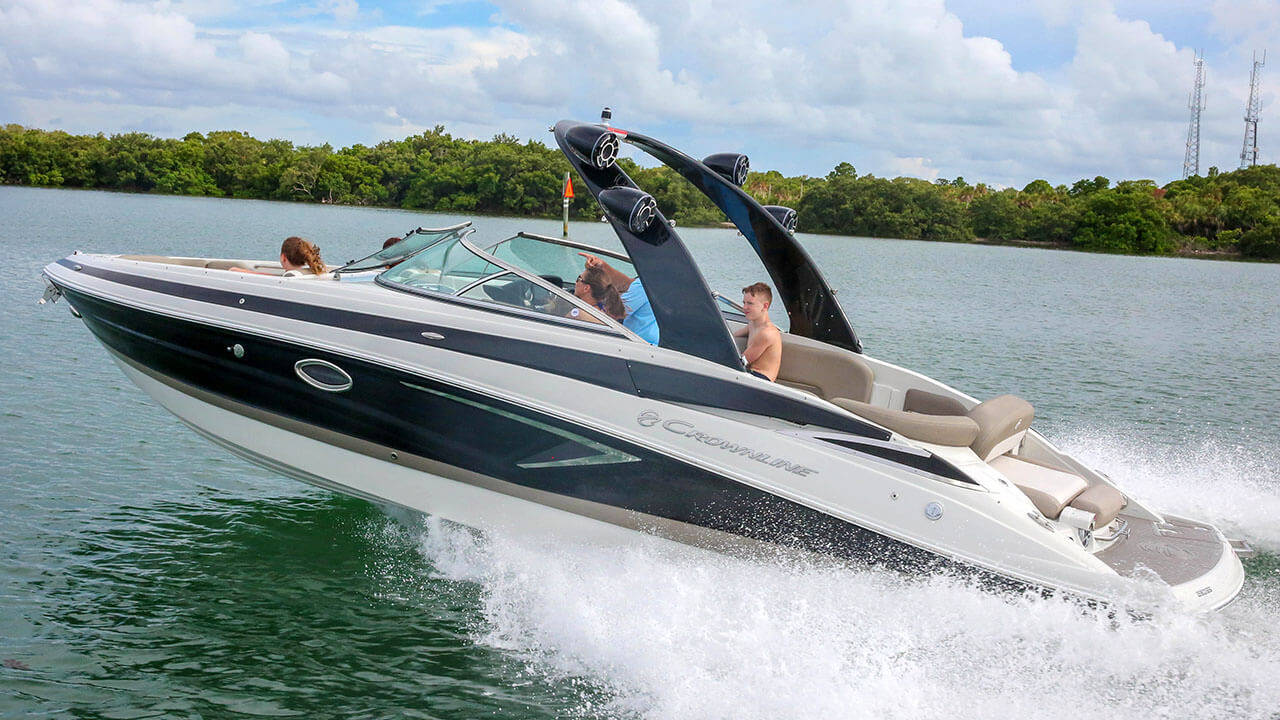Florida Boater’s Guide to Navigating the Intracoastal Waterways
Navigating the scenic yet tricky intracoastal waterways of Florida can feel like a zoo sometimes, when really it should feel more like a picnic. Let’s start this off with a little story from yours truly…
Imagine, if you will, a sunny day on the sparkling Intracoastal Waterways of Florida. I’m cruising along in my shiny Sea Fox 248 center console fishing boat, the breeze tousling my hair, the spray of saltwater making my skin tingle. Life is good, couldn’t be better, nothing could spoil this outing, absolu…
All of a sudden, out of the corner of my eye, I spot another boat cutting across lanes like a Miami taxi driver late for a hot date. Naturally, my adrenaline spikes as I swerve to avoid a collision. It’s a close shave, my friends. Suddenly, my idyllic day has turned into a scene from ‘The Fast and the Furious: Boat Edition.’
If you’re wondering how such a scenario is even possible, you’re not alone. I still shake my head at it. Florida’s boating regulations state that if you were born on or after January 1, 1988, you need a boating safety education ID card along with your photo ID to operate a boat with 10 horsepower or more. However, if you’re lucky (or unlucky) enough to be born before that date, well, you just hop on and drive like you’re competing in the Indy 500.
To me, it’s comparable to handing car keys to someone who hasn’t passed a driving test. Ridiculous, right? But it’s a fact, just as real as the sunburn on the back of my neck after my aquatic version of a near-death experience.
The Charm and Challenge of Florida’s Intracoastal Waterways
The Intracoastal Waterways, undoubtedly, offer an enchanting aquatic playground, bejeweled with eye-popping sights, stunning wildlife, and tranquil waters. But don’t let the picturesque scenery fool you. Underneath the charm, the waterways hide a maze of channels and a system of markers that can baffle the best of us.
Indeed, cruising the waterways is akin to solving a complex puzzle. You need to pay constant attention to the navigational markers to avoid mishaps and ensure a smooth sailing experience. Misinterpret one buoy, and you might end up running aground or even worse, taking a detour to Gilligan’s Island.
Decoding the Intracoastal Waterways Markers
The waterway is a network of inlets, rivers, and canals, marked by a seemingly cryptic system of buoys and signs. As a matter of fact, understanding this system can mean the difference between a pleasant cruise and a potentially expensive – and dangerous – mistake.
Generally, the Intracoastal Waterway markers follow the conventional “red, right, returning” (or 3R Rule) nautical rule. This means you keep the red markers on your right when returning from sea. However, the challenge lies in remembering that the ICW reverses this rule at times, depending on your direction of travel.
Navigating the Intracoastal Waterways; to put it simply
Primarily, it’s essential to maintain an updated and detailed chart of the waterways. Yes, GPS is an excellent tool, but don’t rely solely on it. Traditional navigational tools and knowledge are indispensable.
Further, always pay attention to the weather. Conditions can change rapidly on the water, and a sunny day can turn stormy before you know it. Being prepared for all scenarios is the key.
Lastly, don’t be the guy from my earlier story. Make sure you’re familiar with the rules of the waterways before you set out. Knowledge and respect for the waterways make for a more enjoyable and safe experience for everyone.
A few essential tips to help you safely navigate these watery roadways:
Keep Your Nautical Charts Handy: Although the Intracoastal Waterways are marked, having a detailed nautical chart can save you from many a tight spot. Keep it updated and study it before you set out on your journey.
Understand the Marker System: As much as red right return sounds like a catchy tagline, it’s more than that. It’s the guiding principle that keeps you safe. Remember to keep the red markers to your starboard (right side) when returning from sea. The green markers should be kept to your port side.
Monitor the Weather: Weather changes quickly on the water. Keep an eye on the forecast and be prepared to change your plans if necessary.
Watch Your Speed: The Intracoastal Waterways are often narrow and crowded. Maintain a safe speed to prevent accidents and to avoid disturbing the wildlife.
Communicate: Ensure you have a working VHF radio on board to communicate with the Coast Guard, drawbridges, and other boaters.
Above all, keep your wits about you, maintain a watchful eye, and enjoy the journey. Just like on land, the best experiences on the water are often about the journey, not just the destination.
Embarking on Your Own Intracoastal Waterway Adventure
Finally, once you’re confident in your ability to navigate the picturesque labyrinth of the Intracoastal Waterways, there’s only one thing left to do—get a boat of your own. And where better to find the perfect sea-steed than at Black Label Marine Group? We’re more than just a boat dealership; we’re your partners in crafting the quintessential boating experience.
Visit us at one of our three locations in Ocala, Pinellas Park, or Punta Gorda, Florida, where our dedicated team will guide you in choosing the perfect vessel that aligns with your needs. However, if you prefer shopping from the comfort of your own home, you can explore our entire inventory at your leisure. Just click here to embark on your journey to becoming the captain of your own ship. Navigate safely, folks, and remember to keep the red to your right!
Frequently Asked Questions (FAQs)
The Intracoastal Waterway is a 3,000-mile waterway along the Atlantic and Gulf coasts of the United States. In Florida, it provides a navigable route for boats and other watercraft, without the risks of the open sea.
In Florida, anyone born on or after January 1, 1988, must have a Boating Safety Education Identification Card along with a photo ID to operate a boat. However, for those born before this date, no license is required.
The red markers, often referred to as ‘nuns,’ are navigational aids within the Intracoastal Waterway. They’re cone-shaped buoys or pillar-like structures bearing even numbers. When returning from sea (a term known as a conventional direction of buoyage), these should be kept on your right side.
Green markers, colloquially called ‘cans,’ are another form of navigational aids on the ICW. They are typically cylinder-shaped or square-like and carry odd numbers. Similar to the red markers, when navigating in a conventional direction of buoyage, these should be kept on your left side.
The numbers on the navigational markers serve to inform boaters of their position within the waterway. They are sequenced with the lower numbers starting from the northernmost point for east-west waterways and from the starting point in the main channel for north-south waterways. The red markers bear even numbers and the green markers bear odd numbers. These numbers increase as you progress along the ICW.
When you’re ready to navigate the Intracoastal Waterways in your own boat, you can purchase one from Black Label Marine Group. They have a vast selection of fishing boats and other vessels at their locations in Ocala, Pinellas Park, and Punta Gorda, Florida. You can also view their entire inventory online at https://www.blacklabelmarinegroup.com/all-boats/.







